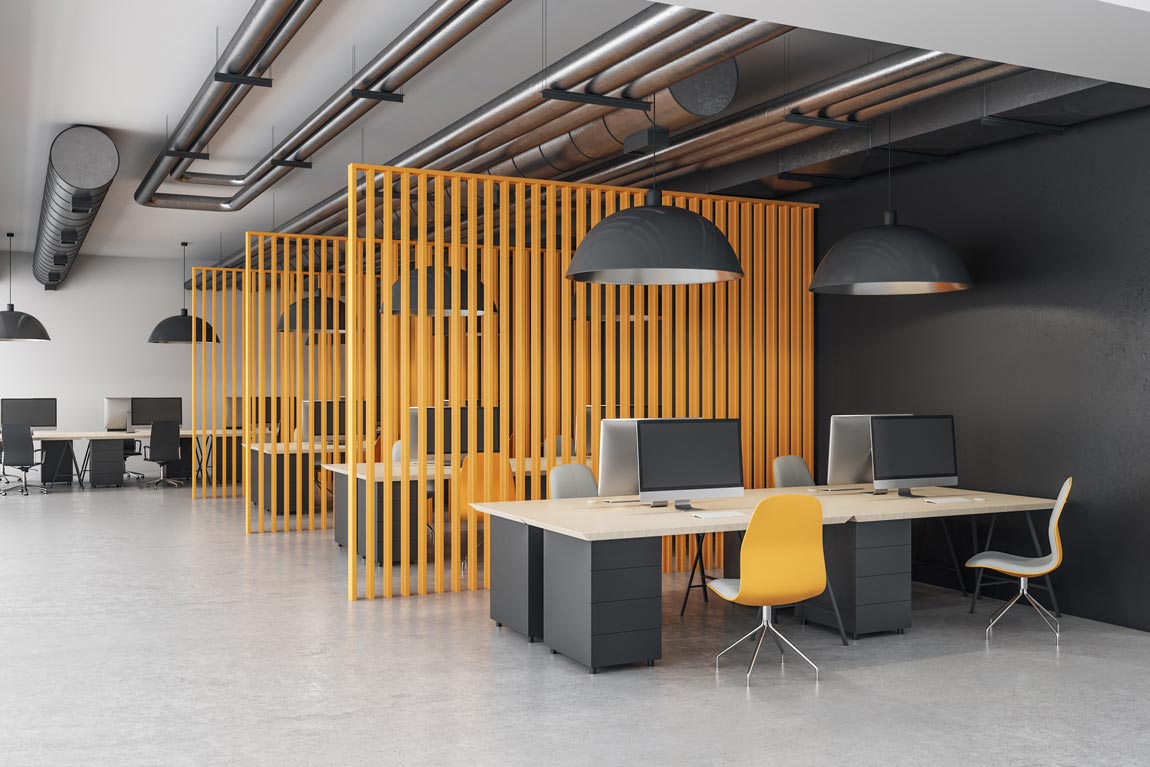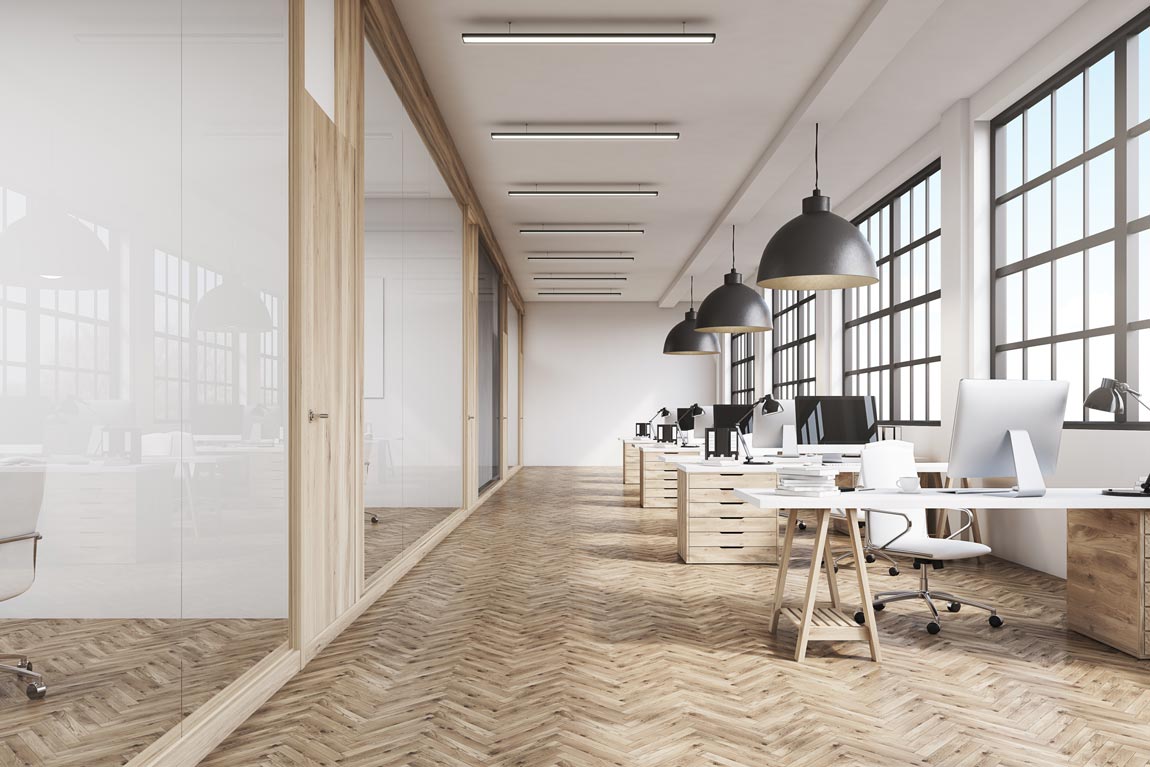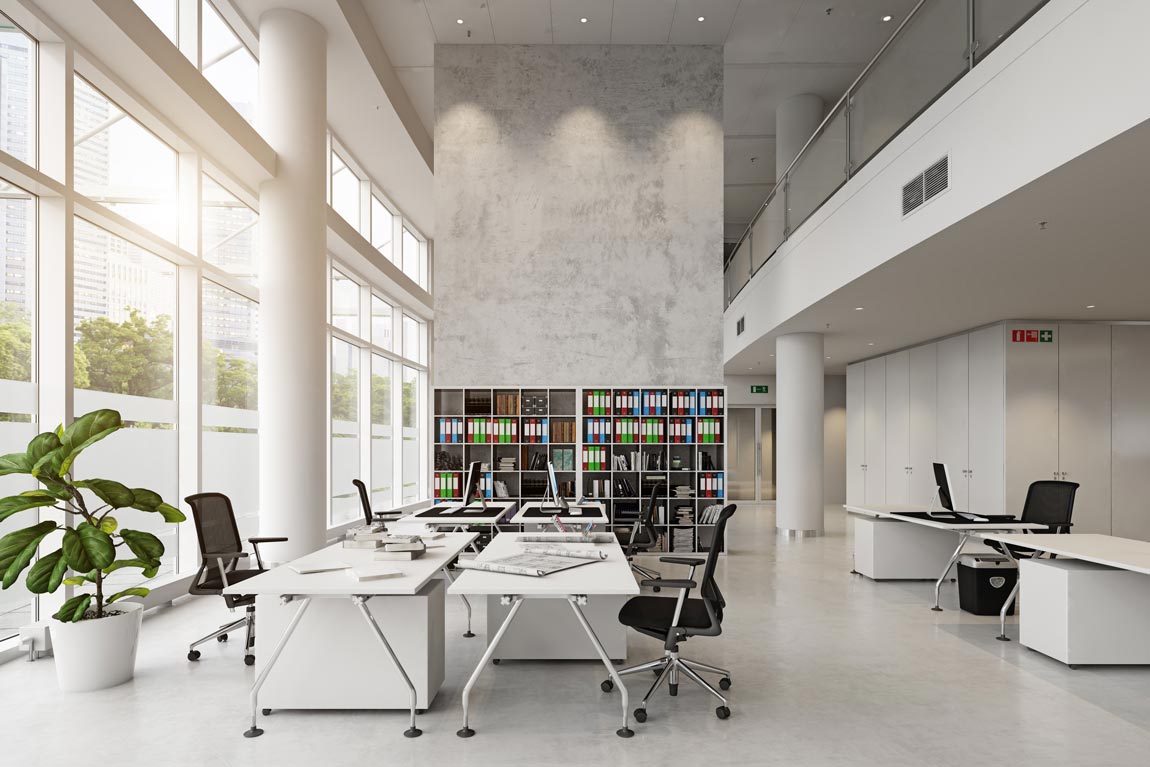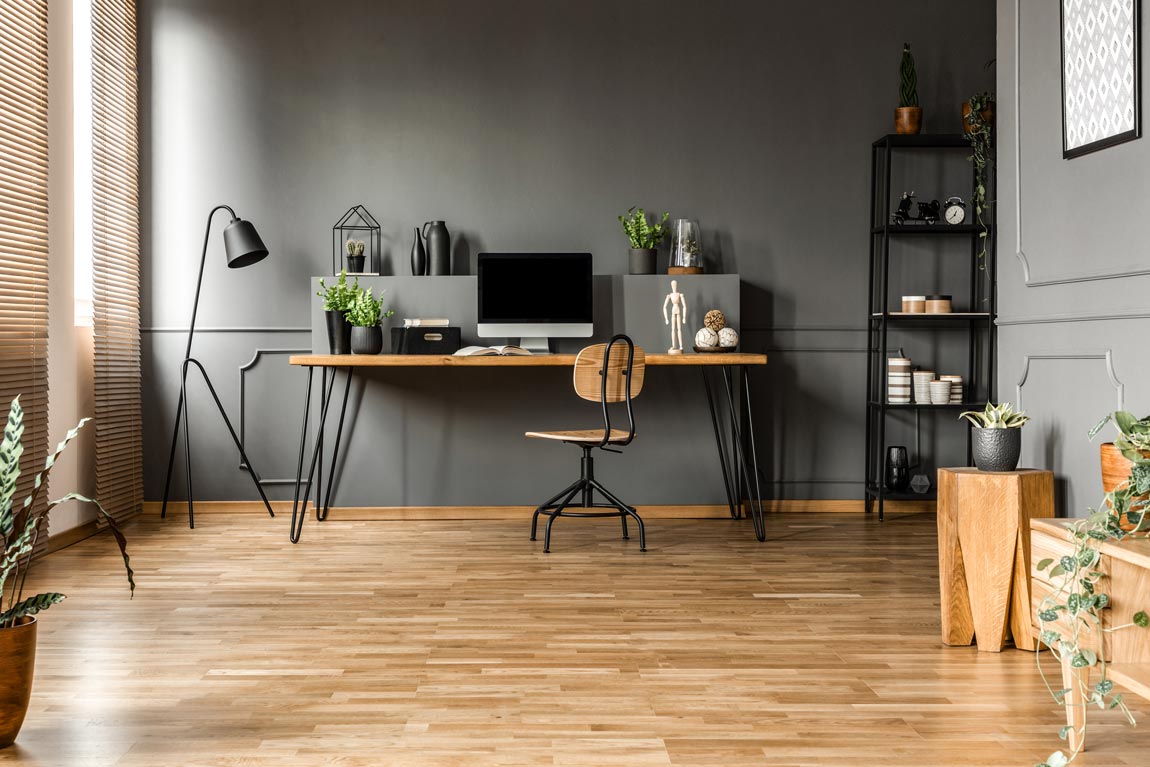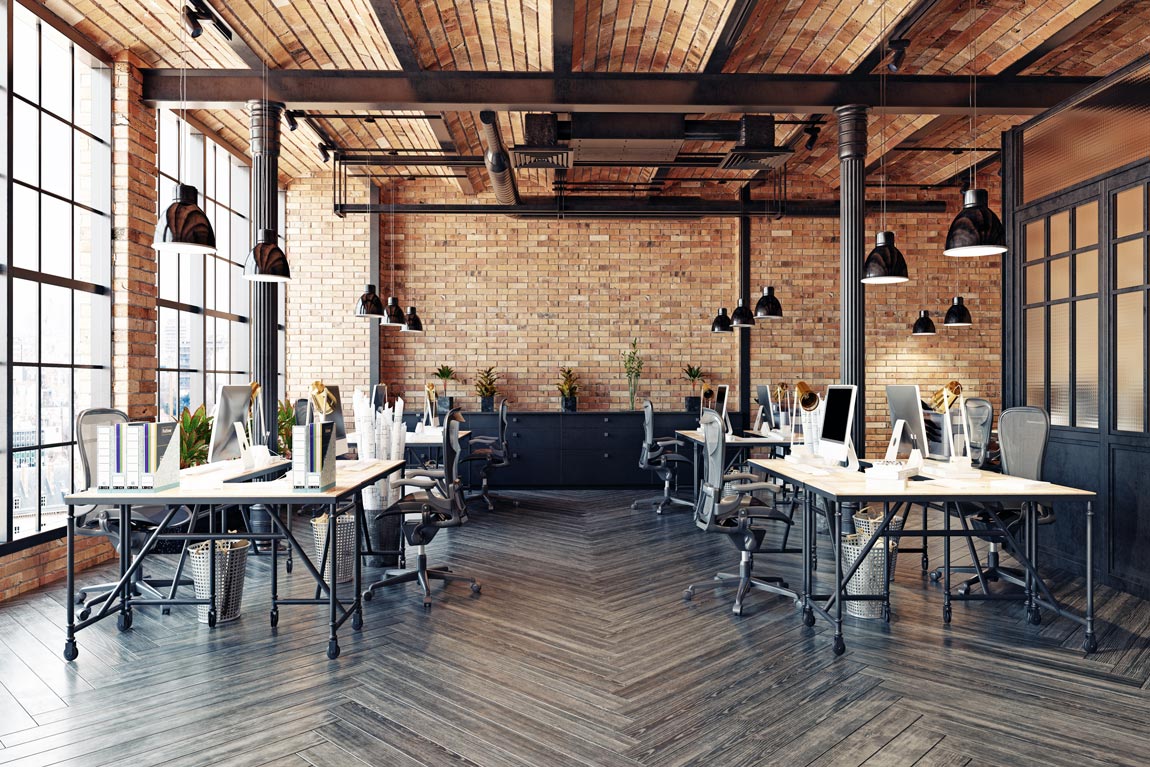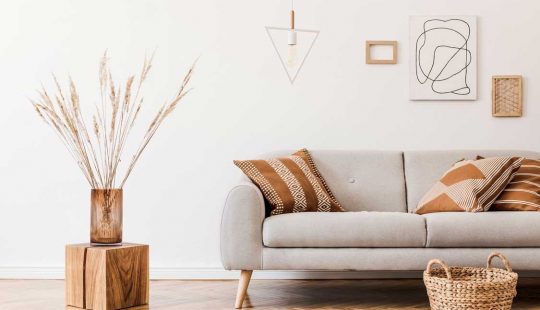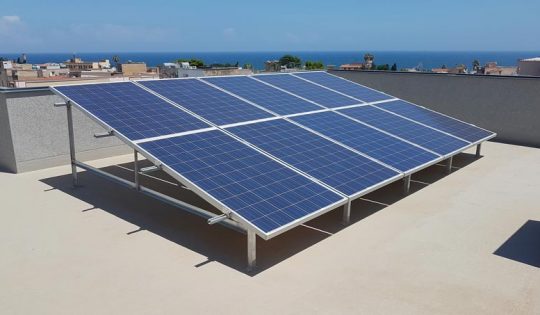Services
The world is adapting sustainability as an essential lifestyle choice. Don’t know where to begin? Let’s start with our own home! We’ll be with you every step of the way.
We empower you with the right tools to choose the appropriate combination of energy efficient strategies that work for your space. We use energy modeling tools to optimise your building envelope and procure the suitable energy efficient products.
Our aim at GreenArk is to promote the use of eco friendly materials to help you create safer and breathable environments. We explore the use of toxin-free materials and naturally cooler interior environments.
Based on the space available, we estimate the energy generation potential using renewable energy. We designer strategies to lower your carbon footprint.
Solutions curated
GreenArk is determined to turn the idea of sustainability into concrete reality everyday by designing elegant and efficient spaces that are strongly rooted in their surrounding environment. We believe it’s time to demand not only beautiful spaces but ones that are designed to benefit our health, comfort, pockets and the environment.
GreenArk uses tech to integrated design partners, logistics, manufacturing, reducing electricity demands, reduction in carbon footprint to make sustainability and green interior design services affordable for home owners. Knowing your energy savings is just one click away.
Eco-friendly materials for cost saving and use of passive techniques to lower carbon footprint


Eco-friendly materials for cost saving and the use of passive techniques to lower carbon footprint
Other strategies like using locally sourced materials with high thermal mass, construction cost was reduced by 10-15%. Higher thermal mass also served as an important factor in maintaining a pleasant temperature of about <28 degrees throughout the year including peak summers.

Refurbishing to upgrade the building envelope and reduce the energy bill
Ramesh decided to refurbish his house in one of the old construction apartments of Delhi NCR. Some main issues he faced were high energy bill, poor quality doors and windows, overheating in certain parts of the house which led to continuous use of air conditioning. Additionally, spaces were poorly lit and lacked character.
After analysing the existing building envelope and understanding the clients’ personal requirements, solutions of appropriate insulation, retrofitting doors and windows to avoid air leakages, designing shading devices to control overheating were provided to minimise energy consumption. Smart and efficient lighting fixtures and eco-friendly materials were used for interiors to achieve a naturally cooler, efficient and healthier environment. Ramesh’s annual energy bill was reduced by a whopping 55%.

Refurbishing to upgrade the building envelope and reduce the energy bill
Refurbishing to upgrade the building envelope and reduce the energy bill
Ramesh decided to refurbish their house in one of the old construction apartments of Delhi NCR. Some main issues they faced were high energy bill, poor quality doors and windows, overheating in certain parts of the house which led to continuous use of air conditioning. Additionally, spaces were poorly lit and lacked character.
After analysing the existing building envelope and understanding the clients’ personal requirements, solutions of appropriate insulation, retrofitting doors and windows to avoid air leakages, designing shading devices to control overheating were provided to minimise energy consumption. Smart and efficient lighting fixtures and eco-friendly materials were used for interiors to achieve a naturally cooler, efficient and healthier environment. Ramesh’s annual energy bill was reduced to about 25-30%.
Use of renewable sources to generate additional energy for the building and its neighbourhood
In addition to passive design strategies, Rahul’s family wanted to explore renewable design strategies for their home in Bengaluru, to obtain a zero-energy bill by producing their own electricity.
A 10-kilowatt solar installation was proposed which generates around 1000 units of solar power every month. Rahul‘s family consumes around 250 units which allows them to sell the surplus 750 units to the electricity board at a rate of Rs. 9 per unit based on the solar scheme.
Their potential earnings are around Rs 70,000 from their surplus power. As an investment this will give them a return of Rs 17,50,000 over a period of 25 years.


Use of renewable sources to generate additional energy for the building and its neighbourhood
Use of renewable sources to generate additional energy for the building and its neighbourhood
In addition to passive design strategies, Rahul’s family wanted to explore renewable design strategies for their home in Bengaluru, to obtain a zero-energy bill by producing their own electricity.
A 10-kilowatt solar installation was proposed which generates around 1000 units of solar power every month. Rahul‘s family consumes around 250 units which allows them to sell the surplus power to the electricity board at a rate of Rs. 9 per unit based on the solar scheme.
Their potential earnings are around Rs 70,000 from their surplus power. As an investment this will give them a return of Rs 17,50,000 over a period of 25 years.

Following environment friendly strategies - rainwater harvesting and waste management
Shreyas and his wife Priya wanted to adapt a more sustainable and healthier lifestyle. They wanted to be able to produce their own food, collect rainwater and generate their own electricity.
Rainwater harvesting strategies were used to meet their water usage requirement and recharge the ground water. Their rainwater harvesting tank is able to store about 4,00,000 litres per annum out of which they tend to consume less than half.
This water is also used for organic farming with the help of compost made from vegetable waste. This helps in improving overall environment and providing fresh air.

Following environment friendly strategies - rainwater harvesting and waste management
Shreyas and his wife Priya wanted to adapt a more sustainable and healthier lifestyle. They wanted to be able to produce their own food, collect rainwater and generate their own electricity.
Rainwater harvesting strategies were used to meet their water usage requirement and recharge the ground water. Their rainwater harvesting tank is able to store about 4,00,000 litres per annum out of which they tend to consume less than half.
This water is also used for organic farming with the help of compost made from vegetable waste. This helps in improving overall environment and providing fresh air.
What's Trending
Homes


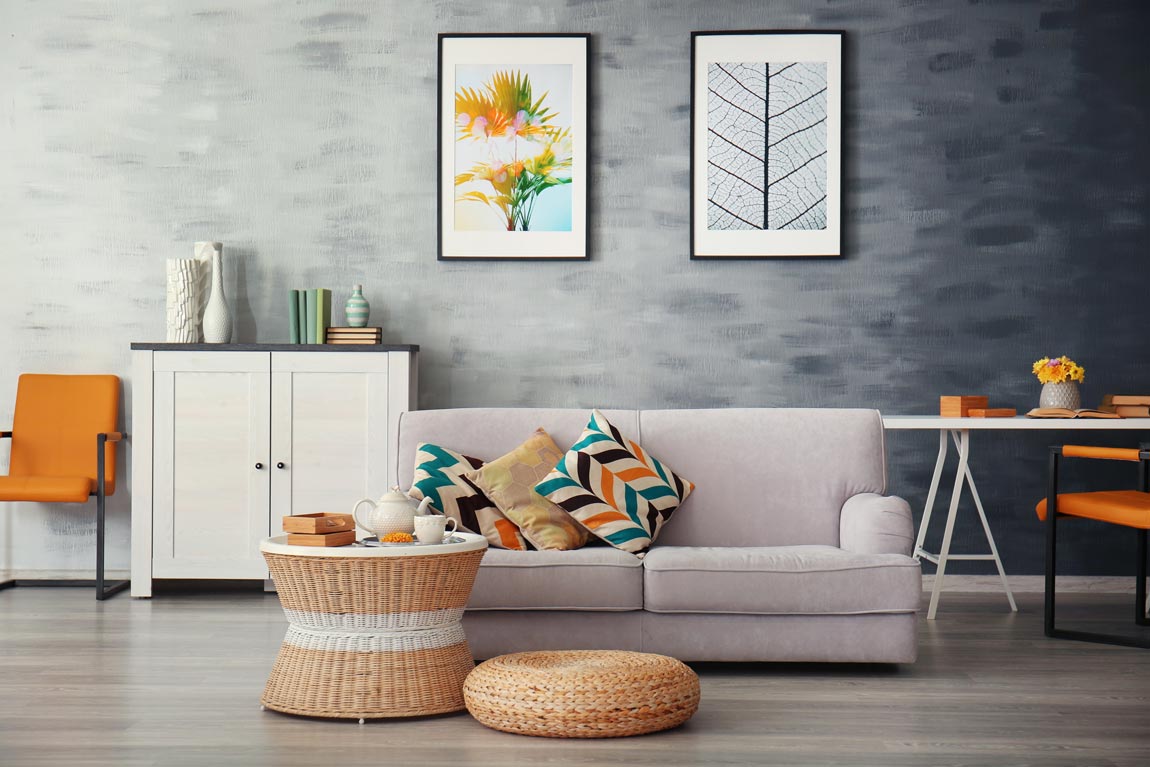
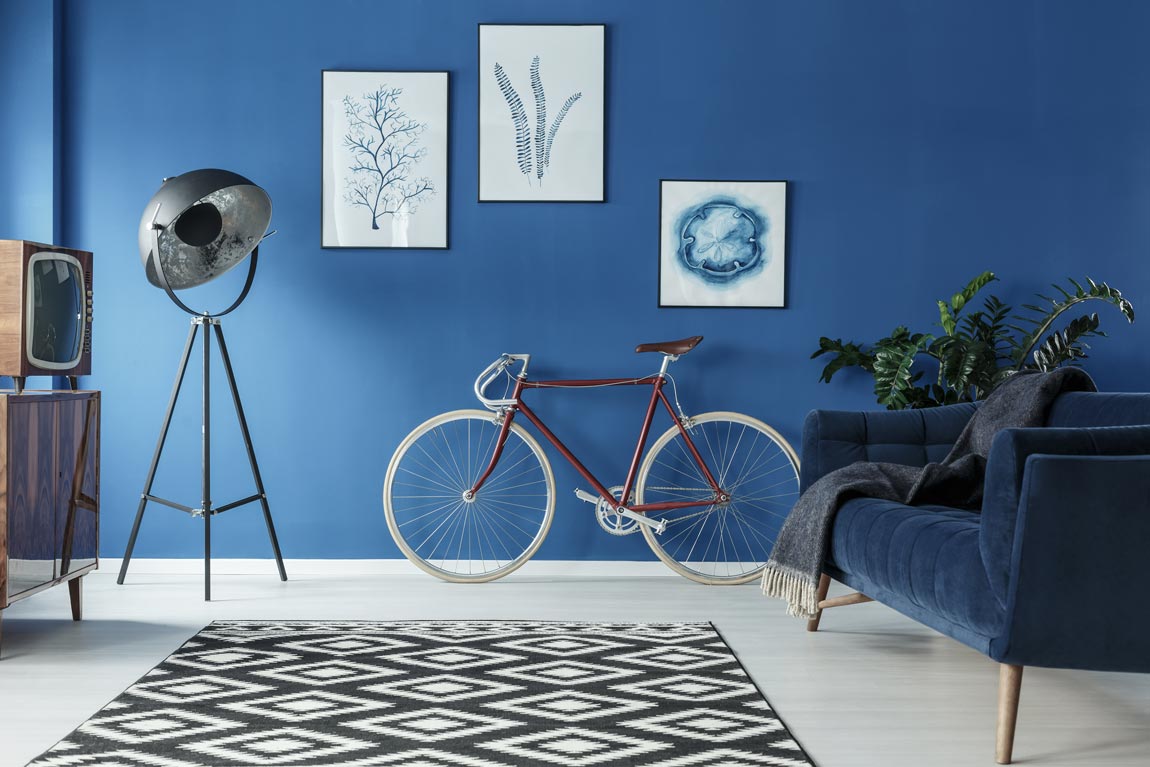
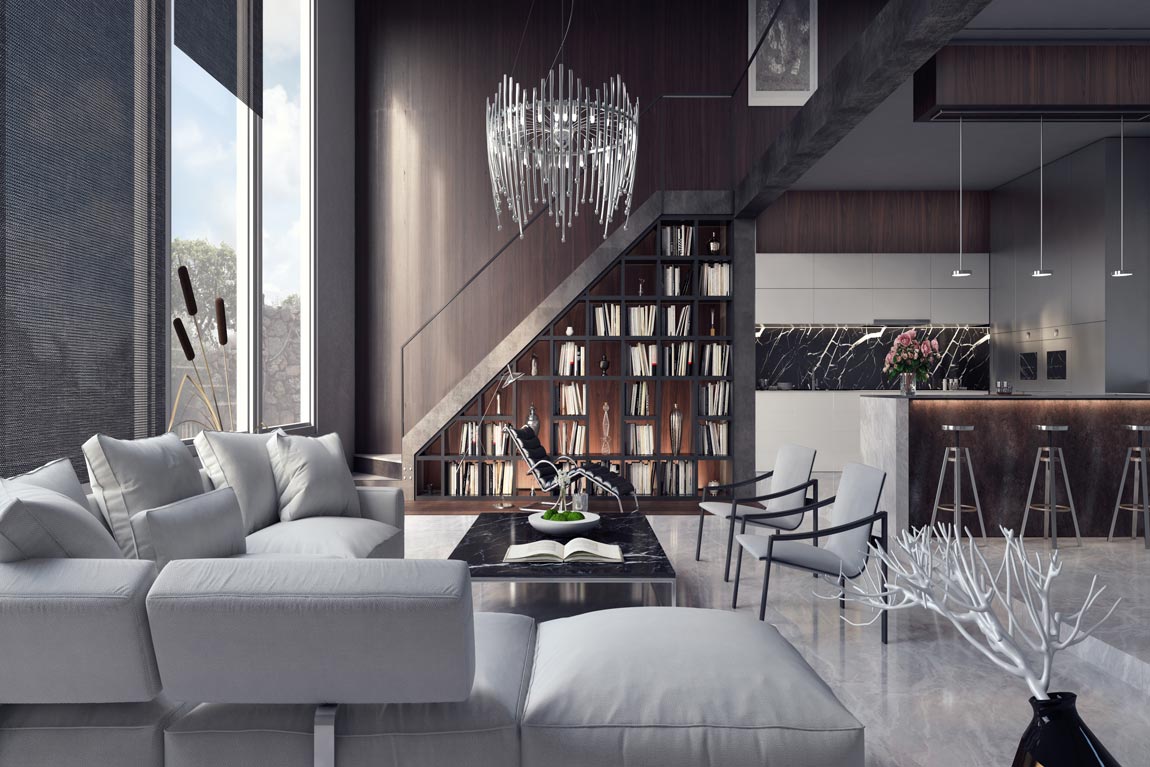
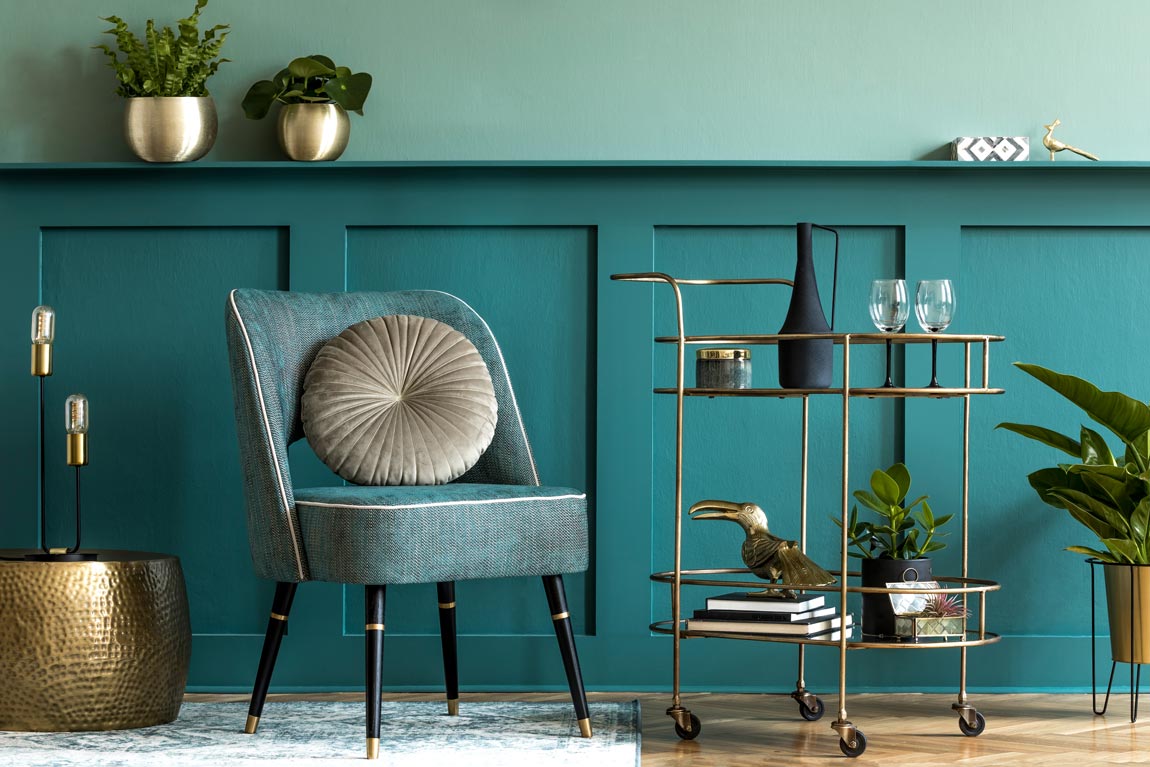

Offices
